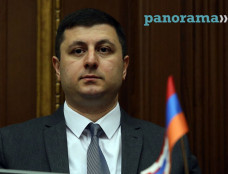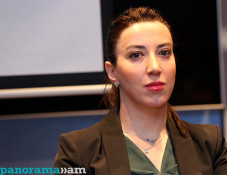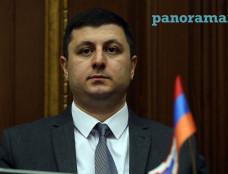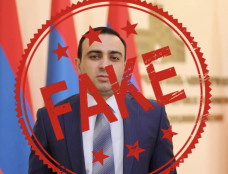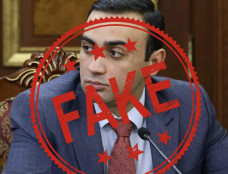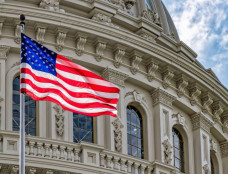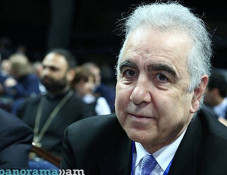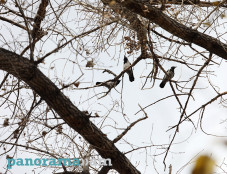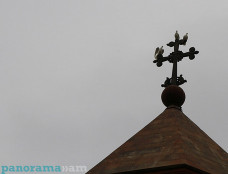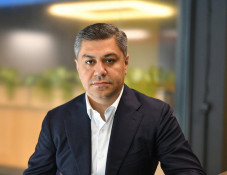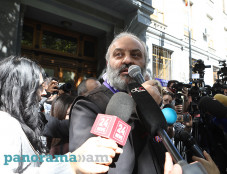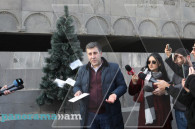
Burglars steal $30 million on Easter in one of LA's largest heists
A brazen Los Angeles cash heist on Easter weekend in which thieves cracked a safe and got away with as much as $30 million is believed to be one of the largest such heists in U.S. history.
The heist has triggered rampant speculation among a public long infatuated with daring burglaries and hefty criminal paydays, AP reported.
Here are some things to know about the recent theft in Los Angeles and the history of such crimes.
L.A. police and the FBI were tight-lipped Friday about any new developments in their joint investigation, but police Cmdr. Elaine Morales told The Los Angeles Times, which broke news of the crime, that thieves were able to breach the money storage facility in the suburban Sylmar neighborhood and then crack into the safe containing the cash.
Media reports identified the facility as a location of GardaWorld, a global cash management and security company. The Canada-based company, which also operates fleets of armored cars, did not immediately respond Friday to a request for comment from The Associated Press.
Police said officers received a call for service at the facility at 4:30 a.m. Easter Sunday, and aerial footage from KABC-TV showed a large hole on the side of the building that appeared to be boarded up with plywood.
Jim McGuffey, an armored car and physical security expert, called the theft “a shock.” Any such facility should have two alarm systems and a seismic motion detector right on the safe, he said, as well as additional motion sensors throughout the building.
“For that kind of money, you don’t just walk in and walk out with it,” he told AP. “A facility should be protected from the top to the bottom and the sides.”
Randy Sutton, a former police detective in New Jersey and Las Vegas who investigated major crimes and high-end burglaries, said a crime of this magnitude had likely been planned for months or longer and involved numerous people.
“This took a tremendous amount of research and tremendous amount of knowledge on the technical end regarding the circumvention of security systems and surveillance,” he said.
He said much of the cash at a facility like the one operated by GardaWorld has already been in circulation, so unless it comes directly from the U.S. Treasury, the majority of it may not be traceable.
He added that law enforcement has almost certainly started interviewing anyone who worked at GardaWorld or knew anything about its security protocols.
“You can bet that not just current employees of that organization are going to be scrutinized, but prior employees as well,” he said.
Newsfeed
Videos






